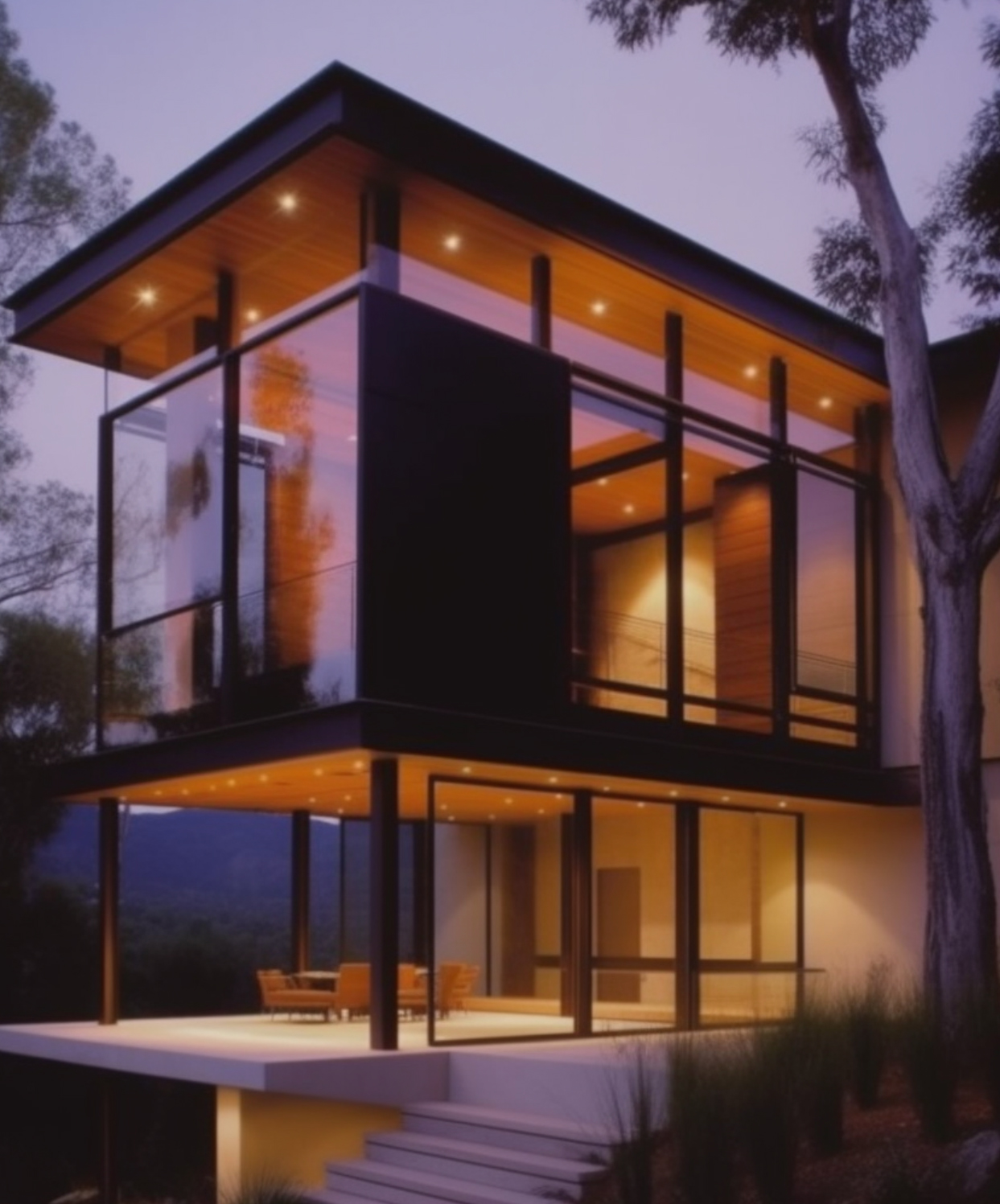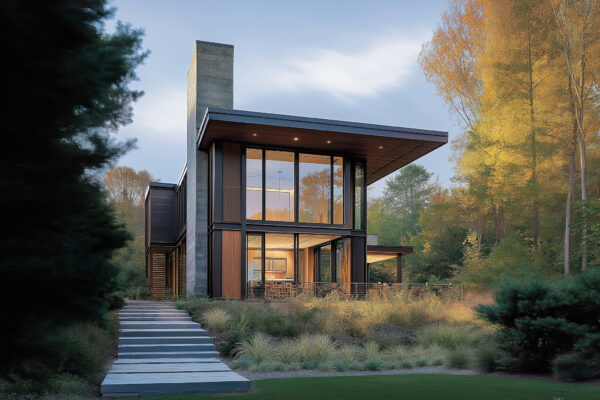Our generation still carry the old feelings. A part of us refuses to let go. The part that wants to keep believing there’s something unreachable inside each of us. Something that is unique and won’t transfer.
– Kazuo Ishiguro, Klara and the Sun
For the past year, Marcus Gleysteen Architects has embarked on an open exploration of artificial intelligence. Our office, known for finely detailed and sculptural spaces, is firmly grounded in humanist principles. However, this endeavor has cracked open new lines of inquiry about the fundamental aspects of our process, particularly the roles of sketching and editing in architectural creation.
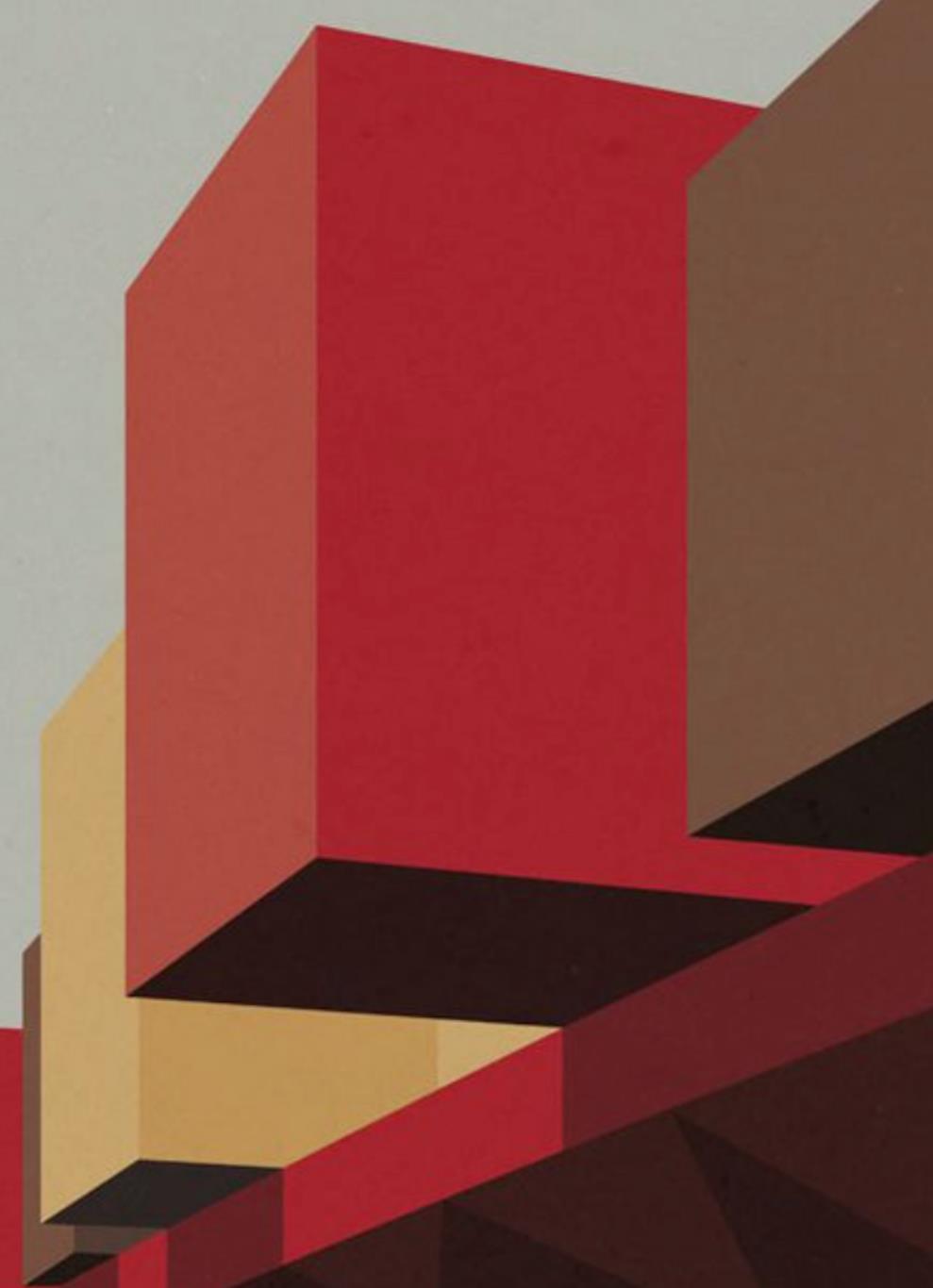
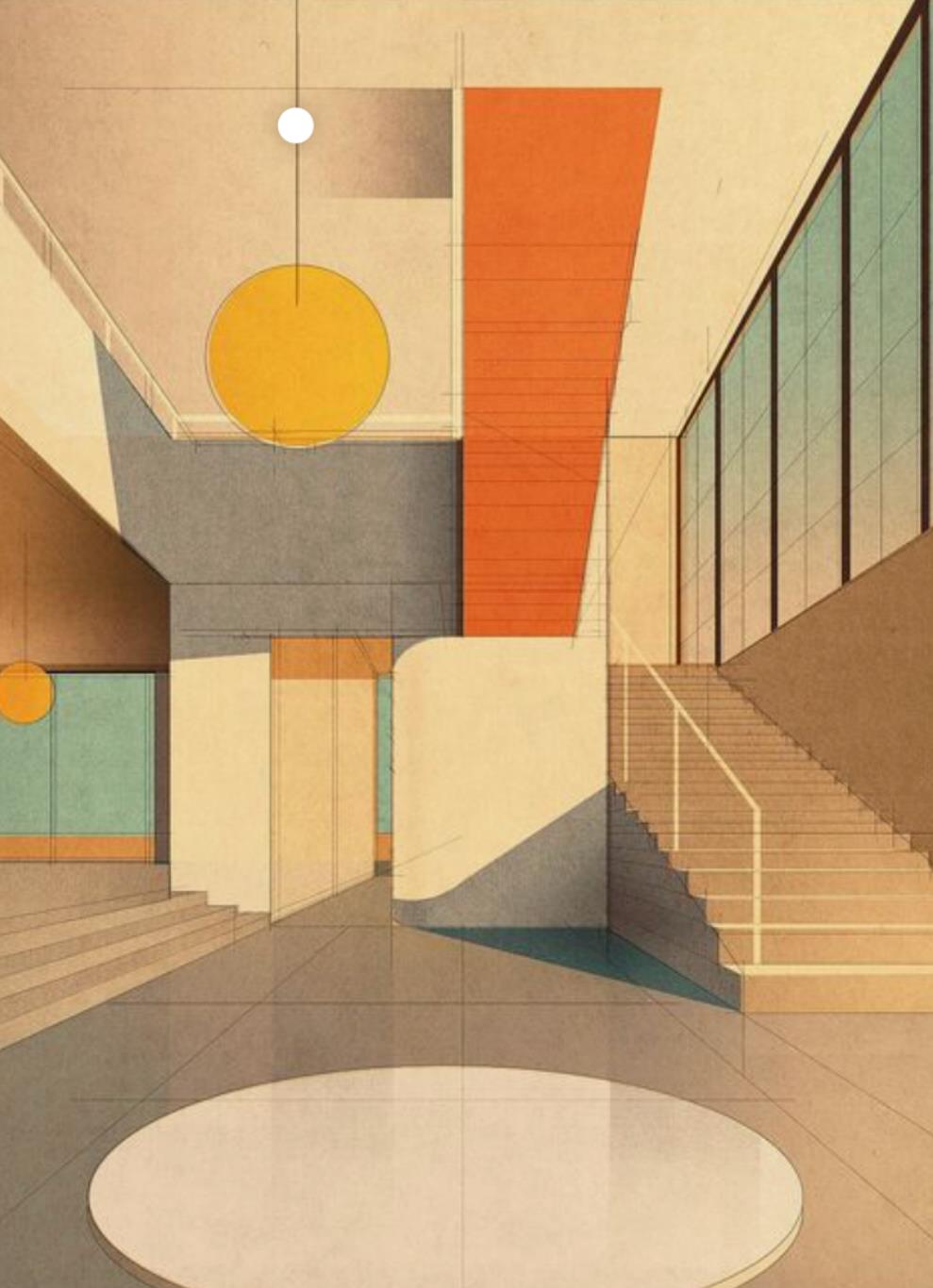
Our first step was defining what AI is and is not. We initially approached AI as a tool – a new technology that would widen our capability and hasten our efficiency. With practice, we are coming to understand AI as an instrument, requiring interactive experience and specific knowledge. Architects have the tough task of making sense out of complexity, requiring a constant reframing of problems at varying scales. While AI cannot (currently) offer a singular solution to those problems, generative programs can shake out unexpected options. The opportunity for shared brainstorming between architects and computers suggests that a hybrid approach is surfacing, where both human insight and generative iterations move design forward together.
Studying and adapting external designs has long been part of our design process. From the nineties through the late 2000s, our designers poured over mountainous stacks of books and magazines and proceeded to meticulously collect, scan, and edit images onto project-specific boards for client review. While this process required discernment and editing, it was not considered a creative act – it was preparatory. Image boards were for research, used both to inform and test our client’s preferences.
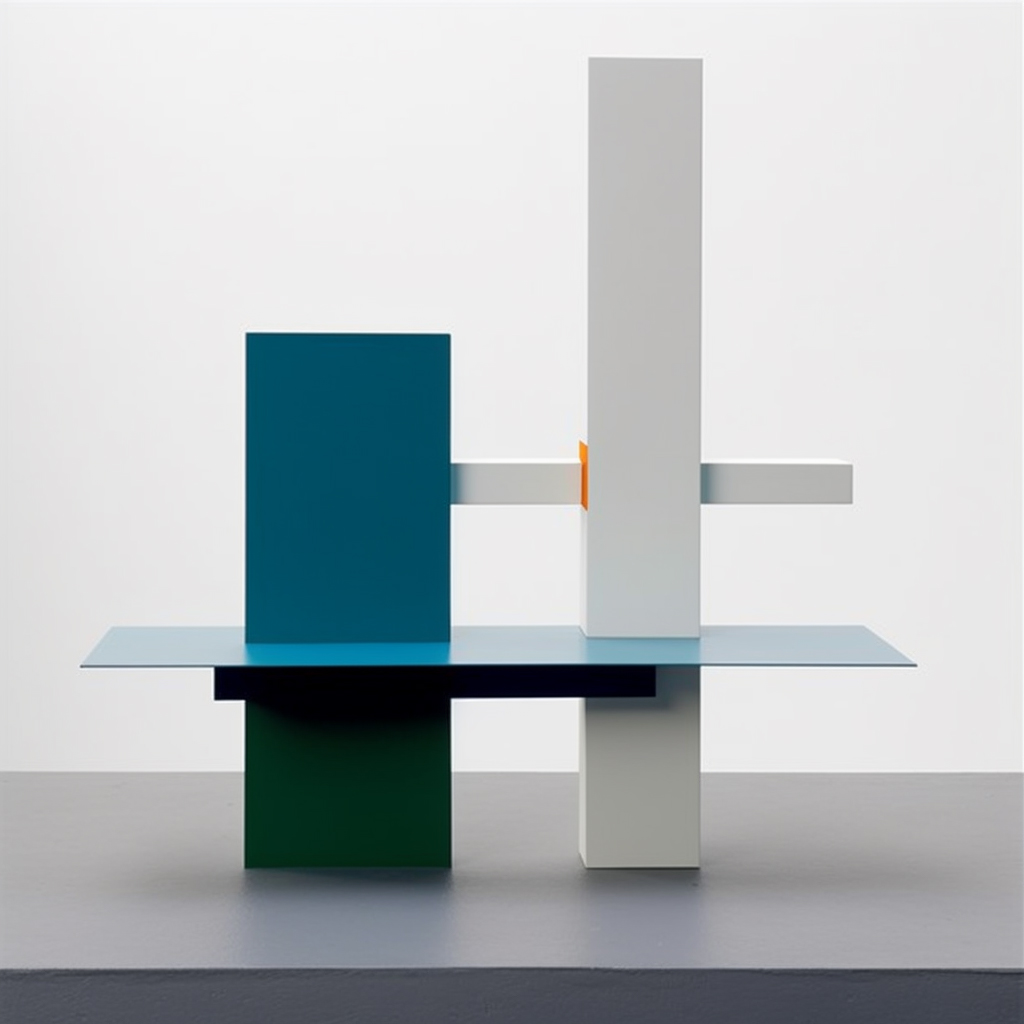
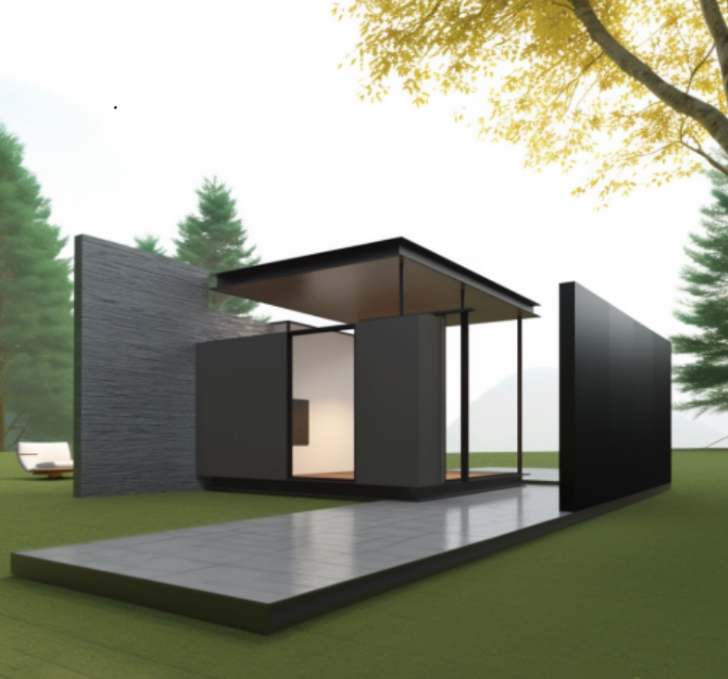
Generative AI programs like Midjourney take things a step further – instead of collaging gathered images, these programs attempt to interpret and amalgamate them. Lacking spatial cognition, the results are definitively mixed. Handrails disintegrate mid-stair, chairs have six legs, etc. Clients, confused by the apparent realism of AI images, are easily overwhelmed by what appear to be final ideas (but are in fact just conceptual blips). Like the pasted collages, the results are not about the creation of an idea but the definition of a shared point of view. Nevertheless, the potential for these abstract inspiration images to catalyze future design ideas remains potent.
We openly invite you to join in our evolving conversation and are eager to hear your thoughts. Over the next few posts, we will unpack our dalliances with various generative AI and visualization programs, for better or for worse. We will discuss objectives, workflows, and end results. For an in-depth discussion on AI’s role in architectural drawing, tune in to Marcus’s conversation with Trent Bell on the Architecture, Design & Photography podcast. For additional information or to speak with us about AI, please email info@mgaarchitects.com.
